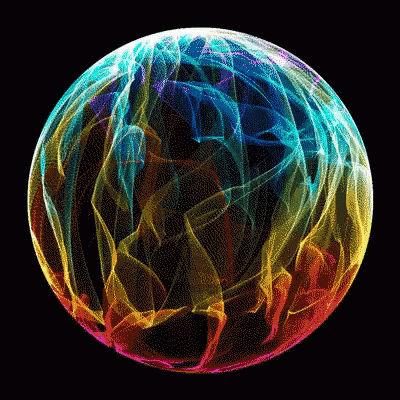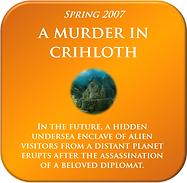top of page

ARCHIVES FOR RICHCOURSES.COM
VOL. 1 SIMULATIONS
(13 COURSES)
And, as your guide, welcome the notorious TV thief, Carmen Sandiego (from the classic public tv kid's show, Where in the world is Carmen Sandiego? : to go "home" at any time, just click on Carmen's icon (however, do be aware that it is rumored that she glides around the globe and she'll flimflam every nation :-)
Subsequently, and in line with our policy of making use of everything we find, we'll return to Carmen's exploits and show how they can map some of our Hermetic explorations. For do we not "sneak around the world from Kiev to Carolina, [and be] sticky-fingered filchers from Berlin down to Belize" :-) You know we do...
Welcome to what I am fairly sure you've never seen before, nor anything even remotely like it :-). Since 2006 I have taught a simulation course, now in thirteen iterations (one was taught twice) shown above in sequence, beginning with the trial of Saavedro, and proceeding clockwise. The larger panel in the center, Ratcatcher, was the last in the series. These simulations can be set in fantasy-themed times and places, or conventional accounts of "history." They consist of a statement of an extremely knotty, probably unsolvable, problem in external organizational communication (Example: how to deal with the chaos attending Hurricane Katrina's second landfall, which we accomplished in The League of the Last Resort ) and then analyzes and presents a group solution, as a multi-act, multi-scene dramatic play that they then perform in public at class end.
Below I have arranged the twelve simulations according to the issues of perception and (more importantly, because this is also going to inform transgressive learning) action. In this type of learning, action is the key: in experiential learning, you get to work with "real" sociohistorical context, not that dictated or governed primarily by generalization, doctrine, or ideology. In transgressive learning, the student is forsworn to actually do something socially useful with the knowledge gained through student experiences.
To access more information about each simulation, just click on one of the rotating placards (there are three simulations in each cycle array) or use the arrows to navigate among the three in each array.
To learn more about the innovations introduced in each simulation, click the "innovations" button, and the "sample issues" button for a small sample of emergent issues that are discovered (and discoverable ) in the simulation (through, typically, there are dozens more in every sim!).
2ND CYCLE: SOCIAL ENGINEERING
1ST CYCLE: CULTURAL AWARENESS
3RD CYCLE: SOCIAL JUSTICE
4TH CYCLE: GENDER AWARENESS
Finally, to see what a rollicking good time these sims turned out to be, check out the awesome video below!
the video shows titles, semesters and images from the first eight simulations, together with actual comments and words describing the course, taken from written student evaluations.
bottom of page


























